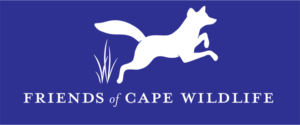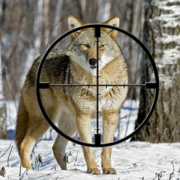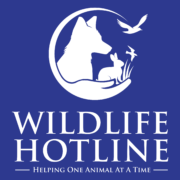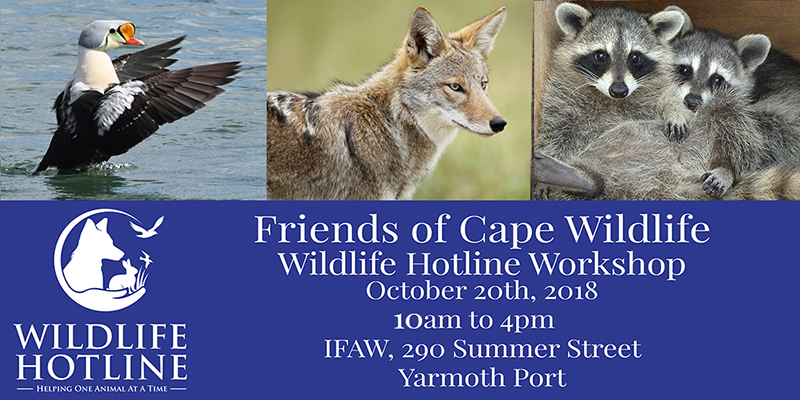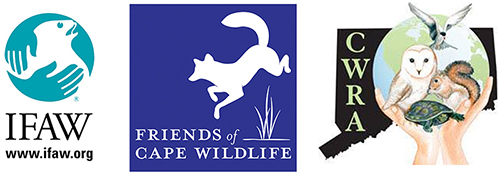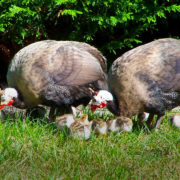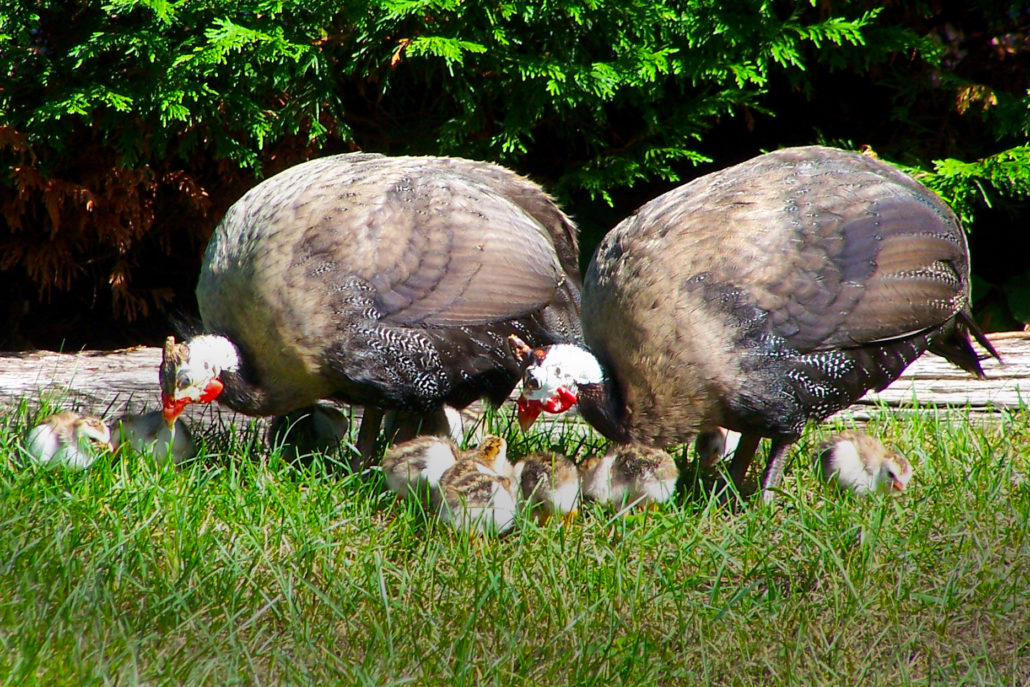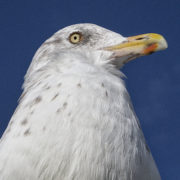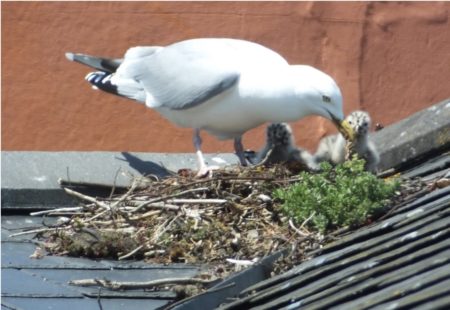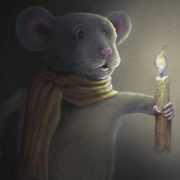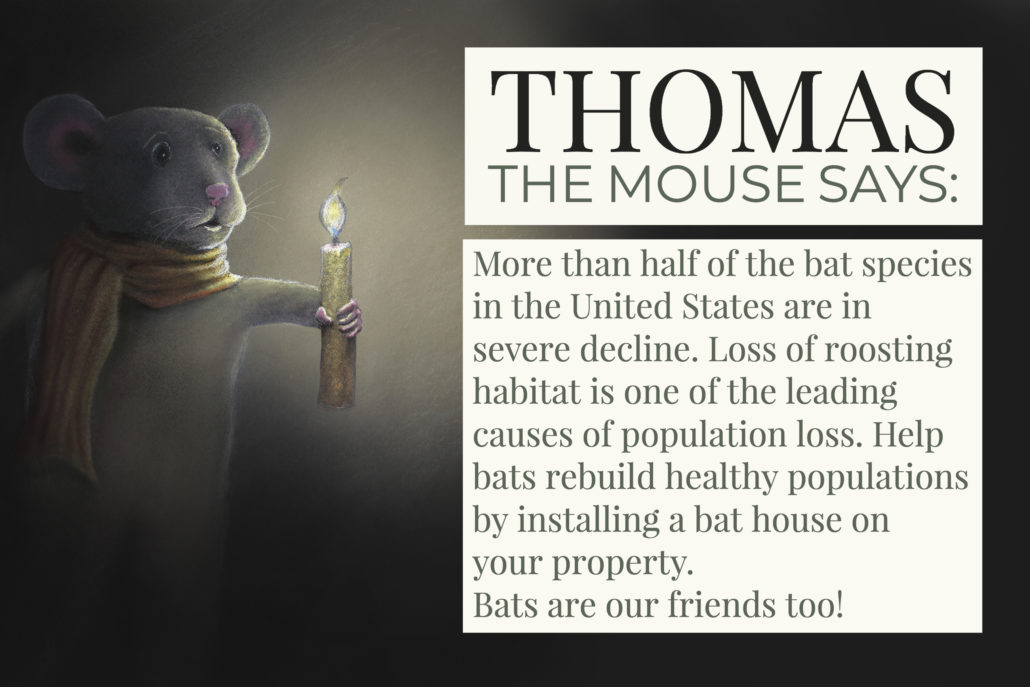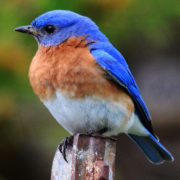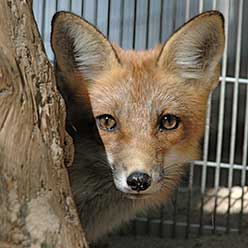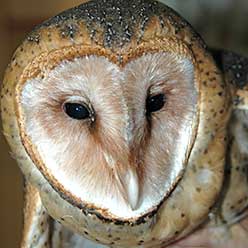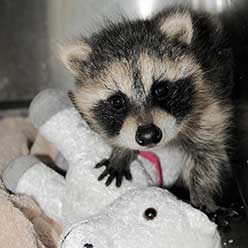Thank you for engaging in such dedicated advocacy regarding the coyote hunting contests that have been taking place in the Town of Barnstable over the past two years. Your input, and the input of fellow advocates, has been powerful and helpful as we have worked to find a solution that will respect the rights, and preserve the safety, of people, pets, and wildlife.
Posts
Friends of Cape Wildlife Hotline Workshop Agenda
Resolving the Public’s Wildlife Problems in Minutes
A Phone-Advising and Wildlife Problem-Solving Workshop
Presenter: Laura Simon M.E.S., Yale School of Forestry and Environmental Studies
President, Connecticut Wildlife Rehabilitators Association
October 20th 2018, International Fund for Animal Welfare (IFAW) 290 Summer St Yarmouth Port MA
10:00-11:00 am: Handling the Public’s Wildlife Dilemma Calls – Part 1
Value of phone advising
Saves lives, reduces intakes, educates public about coexistence
Working with human psychology
Asking the right questions to confirm the species and situation
Making a good problem diagnosis / identifying and addressing source of problem
Getting public cooperation, receptivity to your advice
Packaging and delivering advice
Fear-based calls vs. true problem calls
Giving the right advise – after making a proper diagnosis
Keeping control of the calls; getting successful outcomes
Reuniting and wild-fostering as a priority
Rehabilitation as a last resort
Rescue advice
Capture/ transport tips
Hotline mechanics
How typical calls will work,
Role of volunteer hotline handlers
Record-keeping
Introducing the new cloud–based hotline and software
11:00-11:15 am: BREAK
11:15-12:15 pm: Handling the Public’s Wildlife Dilemma Calls – Part 2
Seasonal Calls
Typical calls this time of year – how to handle
Mystery Scenarios: Test your skills!
Handling the Larger Issue that Comes with the Animal
Ways to address and fix the root cause of harm to animals
Working with the media to achieve your goals
Special challenges
Outdoor cats, chronic trappers, nasties, avid relocaters
12:15 – 1:15 pm: LUNCH –
Bring a bag lunch or let us know if you would like pizza delivery
1:15 – 1:30 pm: Handling Conflict Calls
Nuisance wildlife control industry/ traditional practices
The Humane Wildlife Services (HWS) approach
Eviction and Exclusion approach, solve problem at source
Biologically-based, on-site release, least invasive
Humane outcomes, orphaning avoided
1:30 – 3:15 pm: Species by Species Profiles
Relevant natural history and typical problems/solutions for raccoons,
woodchucks, squirrels, bats, opossums, skunks, birds.
3:15 – 3:30 pm: BREAK
3:30- 4:00 pm: discussion and wrap-up
For more information call (508) 375-3700 and listen for the prompt or email friends@friendsofcapewildlife.org

One evening in September, a guinea fowl living in the woods across the street from my house in South Harwich was struck by a car while crossing the road. It was the male of a large feral family consisting of a hen and her 10 keets.
I found it injured in my driveway and as I approached it, the bird hobbled into very thick shrubbery. I raced to my computer and googled phone numbers of local animal rescue organizations. To my frustration all I got were recordings. It was late in the day and the sun was setting,
I made one last attempt to Friends of Cape Wildlife. To my surprise someone answered! Peggy from Hyannis and Debby from Chatham soon arrived. After frantically searching for 15 minutes or so in almost total darkness, Peggy was able to grab the guinea and place it in a container.
The ladies cared for the guinea through the night and took it to a veterinarian the following morning. Surgery repaired a damaged leg and today the bird is back with it’s family and doing great. If not for Peggy, Debby, and the Friends of Cape Wildlife hotline, I don’t think this injured bird would have made it through the night.
As part of our mission we are developing a 24/7 wildlife hotline that will provide a responsive system of life-saving information to callers. This is a cloud based hotline that can be answered from anywhere. We strongly believe that wildlife calls answered by a live operator will serve wildlife in need when other wildlife centers are unavailable.
According to Dr. Mark Pokras, Director of the Tufts Wildlife Clinic, MA(Ret.), in his experience 80% of all human/wildlife interactions could be resolved by talking to the caller.
In this free workshop, learn how to advise callers about non-lethal solutions when addressing conflicts between people and wildlife and to encourage humane coexistence with our wild neighbors.
The workshop is designed to educate volunteers who would like to become a member of our wildlife hotline team of operators, rescuers and transporters. We also welcome any Cape Cod ACO, DNR officer or municipal official who deals with wildlife and would like to attend. The course offers 5 educational credits for ACOs.
Advance registration is required and you can click here to register. For more information call (508) 375-3700 and listen for the prompt or email friends@friendsofcapewildlife.org
By Peggy DiMauro
Herring gulls and other birds such as rock doves in urban areas frequently nest on flat roofs. They breed once a year from April to June. Nest building begins generally in early May, and urban birds will often use the same nest year after year.
The easiest way to discourage nesting on your roof would be to check the rooftop early in May and destroy any nesting materials before eggs are laid and/or babies hatched. Gulls are persistent and if they have been nesting there before, it may take a time or two of disturbing the site to discourage them from returning.
Other options:
1) Stainless Steel Bird Spikes can be purchased from Amazon.com. – Price depends on manufacturer and style.
2) Bird Spider 360 Spinning Bird Deterrent can be purchased from Home Depot.
3) Bird Barrier Model #DD-4000, designed specifically for use on gulls, pigeons, and other large birds. Manufactured by Grainger (www.grainger.com)
4) Decoys and scary masks. Gulls don’t like bright, shiny tape, shiny objects, owl faces, wooden owls, decoy coyotes, hawk statues, etc.; however, these probably will be only temporary deterrents.
More options can be found on the National Geographic website, www.nationalgeographic.com. Topic Title: “Gulls be Gone -10 ways to Get Rid of Pesky Birds”. Author: Jennifer Holland.
Bats can find their food in total darkness. They locate insects through echolocation, emitting inaudible high pitched sounds and listening to echoes. Bats also have excellent vision, is there’s no such thing as “blind as a bat”
Most bats have only one pup a year, making them extremely vulnerable to extinction. Bat mothers can find their babies among thousands or millions of other bats by their unique voices and scents.
Bat droppings, called guano, are one of the richest fertilizers, although inhalation of it’s dust is dangerous so use caution. Bat guano was once a big business. In fact, guano was Texas’s largest mineral export before oil
A single bat can catch 1,000 mosquitoes in an hour, and many garden pests avoid areas where they hear bats echolocating. Research suggests that bats save American farmers more than $22 billion in pest control each year.
Bats are vital pollinators and seed dispersers. They ensure the survival of hundreds of species of economically and ecologically important plants, including sources of fruits, nuts, medicines, timber, fibers and dyes. Oh and agave! If it wasn’t for bats, we wouldn’t have tequila.
Bats are the only mammals able to fly and are quite talented at aerial acrobatics. Their wings are thin, giving them what is called, in flight terms “airfoil.” The power bats have to push forward is called “propulsion.”
Some bats can survive in freezing temperatures and even fly in the middle of blizzards. During hibernation, their breathing slows down until it’s imperceptible and their heart rate drops to just 25 beats per minute, compared to roughly 400 beats per minute when they are awake.
Rabies transmission from bats to humans is rare, just 1-2 cases per years in the U.S and Canada combined. Just always remember, bats aren’t pets and you should never handle them. Media stories grossly exaggerating risks of disease from bats are promoted by those who profit from public fear.
Artwork by John Small
Friends of Cape Wildlife & Napi’s Restaurant Present
WHY WILDLIFE MATTERS
With Kathy Zagzebski & Stephanie Ellis
Newsletters
Thank You!
Pages
- A Sunset Cruise to Benefit Cape Cod Wildlife
- About Laura Simon
- Blog
- Contacts
- Donate
- Events
- Gallery
- Home
- Mailing List
- Master Local ACO List
- Meet the Board
- News
- Photo Gallery
- Privacy Policy
- Resources
- Terms and Conditions
- Thank You
- Thank You
- Volunteer
- Wildlife Hotline Workshop Details
- Wildlife Hotline Workshop Registration
- Wildlife Hotline Workshop Schedule
Let’s Get Social!
Resources
Found an animal or need help with rescue of a bird of animal, then look at our resource page to find your closest facility.
Donate
Photo Galleries
Board member Heather Fone is a photographer who has captured wonderful images of our local wildlife to share with you.
